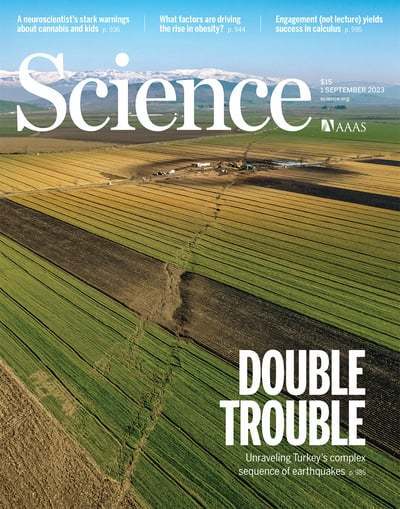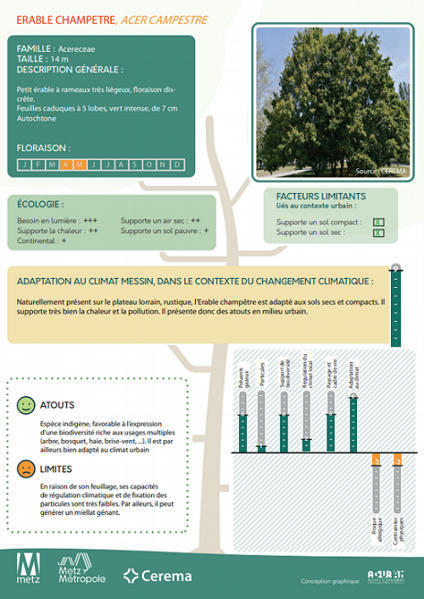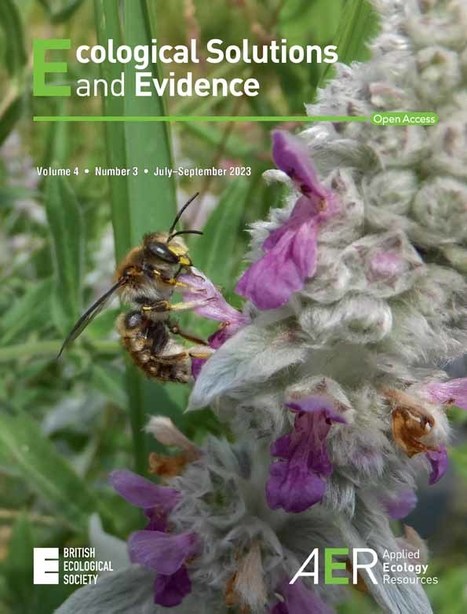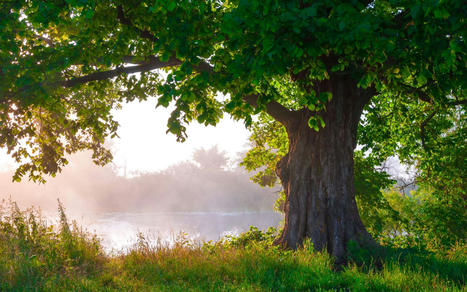This study used data from 160 urban sites in England, collected by volunteers taking part in the Wider Countryside Butterfly Survey, in which BTO is a partner. Butterflies were chosen as the species group to investigate because they can be sensitive to small changes in habitat, are commonly seen in urban settings, and can reflect the responses of other insects.
Research and publish the best content.
Get Started for FREE
Sign up with Facebook Sign up with X
I don't have a Facebook or a X account
Already have an account: Login
Revue de presse et du net par le Pôle de partage des connaissances S&T de l'Office français de la biodiversité
Curated by
DocBiodiv
 Your new post is loading... Your new post is loading...
 Your new post is loading... Your new post is loading...

Agrodoc Ouest's curator insight,
January 14, 2021 2:44 AM
Le rapport d’étude fournit également des recommandations aux gestionnaires d’arbres en ville pour favoriser le développement des services écosystémiques. 
legrand anne-lyse's curator insight,
January 14, 2021 4:45 AM
85 fiches espèces à télécharger, une infographie....
|
|



















Author(s): Cooper, J.E.J., Plummer, K.E., Middlebrook, I. & Siriwardena, G.M. January 2024, Journal of Applied Ecology https://doi.org/10.1111/1365-2664.14583